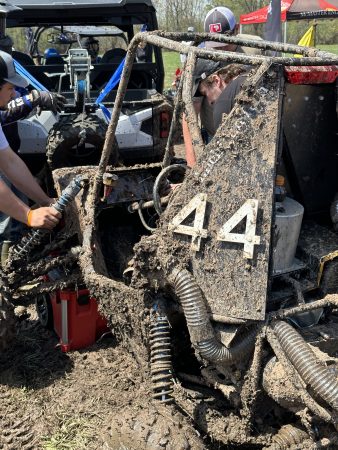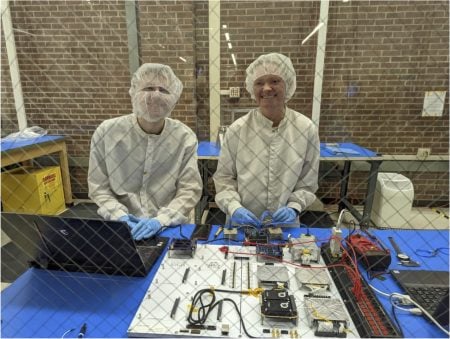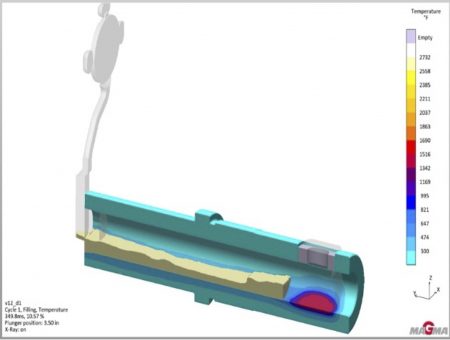CTL Instructional Awards and Luncheon Announced


The Jackson Center for Teaching and Learning (CTL) congratulates the following 2023 Deans’ Teaching Showcase members who have been selected to receive 2023 CTL Instructional Awards.
- Elham Asgari (COB) — Innovative or Out of Class Teaching
- Tim Wagner (Math) — Large Class Teaching
- Pasi Lautala (CEGE) and Radheshyam Tewari (ME-EM) — Curriculum Development and Assessment
This year’s recipients will present an overview of the efforts that led to their teaching awards at a CTL Lunch and Learn event on Sept. 12 at noon in the MUB Alumni Lounge. Each presenter will receive formal recognition and a cash award.
Please register in advance to attend the luncheon.
The CTL would also like to thank previous instructional award recipients who were instrumental in the selection process.
We’re looking for nominations for the upcoming 2024 Deans’ Teaching Showcase during spring semester. Please consider suggesting (to your dean or chair) instructors whom you’ve seen make exceptional contributions in curriculum development, assessment, innovative or out-of-class teaching, or large class teaching.
Contact the CTL at ctl@mtu.edu for more information.
By the Jackson Center for Teaching and Learning.






























